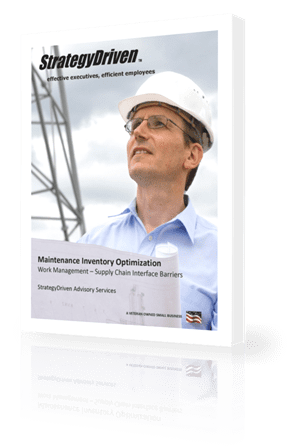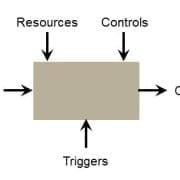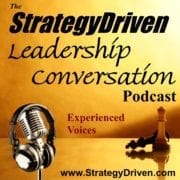First I Launched My Company And Then I Had To Start Learning About Managing A Product.

We spent those early years building our website and fleshing out our marketing and messaging to reel in clients who suited our solutions. For a few years, this process worked well for us, and I took it on my own shoulders to grow in my knowledge first and then my role and leadership to include more. As I managed the real estate component of the company, and pinch-hitted adequately on the marketing front, too, I came to realize that I wouldn’t be able to carry the team in one crucial element: product.
My thinking on this was simple – There were three areas of the business that needed to be top-notch for us to succeed: 1. Real estate, 2. Marketing, and 3. Product. I could handle the top two, but not the last one. Not if I wanted the company to deliver on the vision I had. So I set out to hire a COO who could. I needed someone with complementary skills to mine, to fill in the gaps and to lead the other half of the organization. That person’s background would be, ideally, the inverse of mine, someone who was strong on product, could assist with marketing, and likely wouldn’t know the first thing (at that point) about negotiating real estate deals.
Over the past 3.5 years, I have been a stakeholder in the success of our product management, not the leader. And both the organization and our clients are better off because of it. I sit in on meetings where our COO and the rest of the team outline how and why to build out the product offering to give our clients more and better tools. This is an ongoing area of growth for me. Much of the interactions we have with clients are in-person, which falls into the real estate category of our negotiations and communications, but we must also have a high-quality website and app to match the promises and commitments we’ve made. I know we’re in good hands.
Some CEOs are product-first front their experience, skillset, and interests. They have a leg up on people like me who are catching up as they go when it comes to product, and depend on others more able than them to lead that portion of the business. But, I’d argue, nobody has done it all, or can do it all. For the product-oriented founders, they’ll need to eventually hire a business-oriented executive to help them build and grow for the future. What’s most important in these thought processes and conversations is to be honest and upfront about your own limitations and how those may be standing in the way of valuable progress or long-term success.
Since every company is different in makeup, there’s no definitive time to expand the executive team. You know it’s the right time, in my experience, when you feel in over your head again. As discussions internally began to mount among junior team members looking to me to make the ultimate decision, I was comfortable and confident in the real estate and marketing areas far more than I was when it came to product. It reached a point where I had to acknowledge and accept that I would eventually make a bad misstep if I didn’t turn to someone who was more capable of handling those situations and circumstances. That’s not a sign of weakness for a CEO, it’s a show of maturity. As SquareFoot grew in employee count and in client base, I had to grow in my leadership, too. Bringing on my counterpart then helped accelerate that growth overall across all metrics.
The advice I’d give to CEOs first starting out is to try to manage it all for as long as you can. But also be realistic and honest about when that style ceases to work. These are good problems to have, as it means you’ve tackled and conquered many layers of company growth to reach the point where you can no longer scale yourself to cover it all. Bringing on someone at that time is a smart move. Finding the person best suited to balance out your weaknesses with their strengths is the best path toward reaching what you set out to do and continue to seek. For me, that was understanding that product wasn’t something I could pinch-hit on. Once I turned to an expert, I haven’t had reason to look back.
About the Author














Leave a Reply
Want to join the discussion?Feel free to contribute!